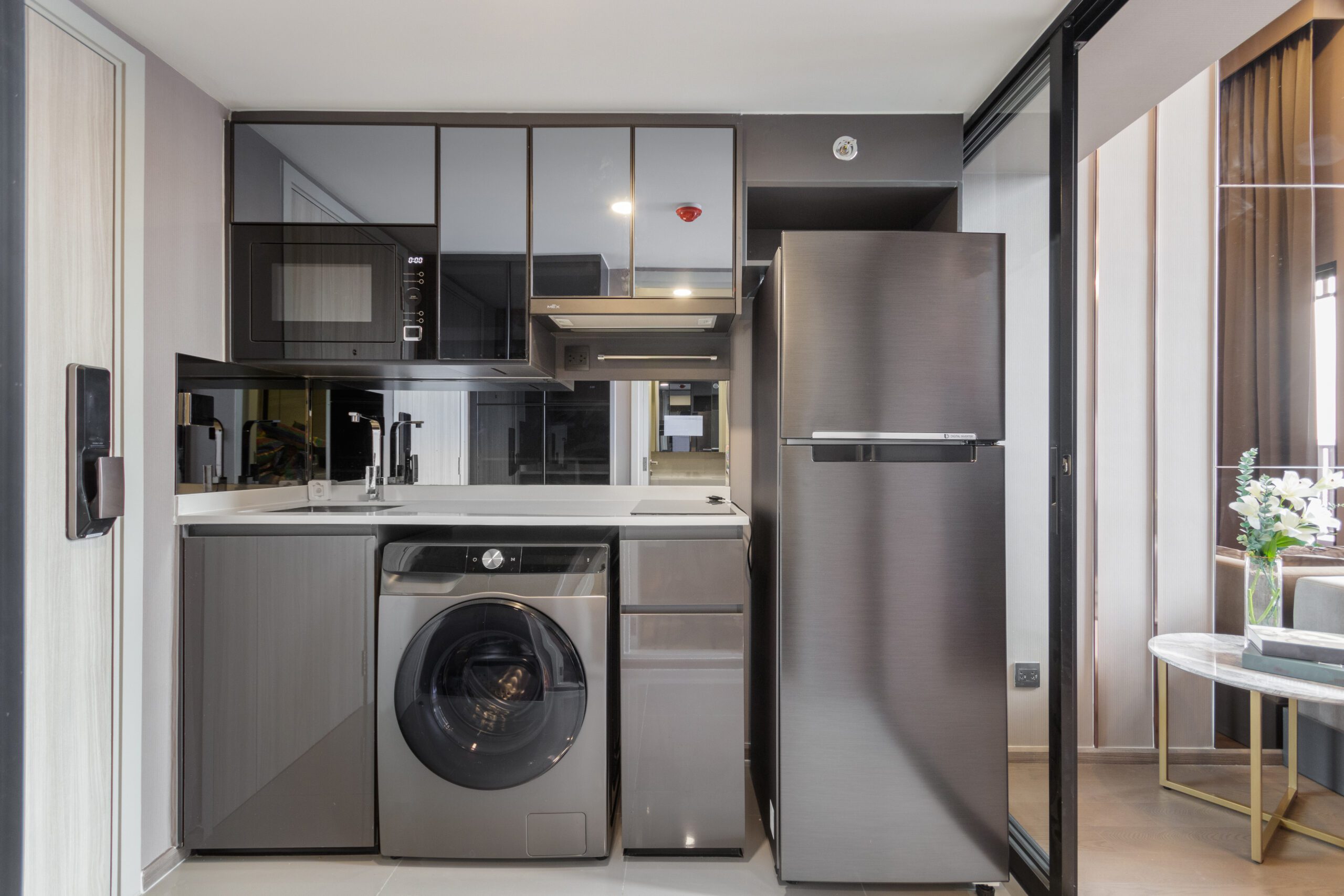When designing home appliances, aesthetics play a crucial role in making them stand out. A well-designed appliance looks great but reflects the brand’s values and attention to detail. For manufacturers, creating an appealing design can be a key differentiator in a competitive market.
By using the injection molding versatile manufacturing process, manufacturers can create complex shapes and designs with precision and accuracy. With Injection molding, the production of appliances’ intricate details, smooth surfaces, and colors helps manufacturers bring their design vision to life. By combining innovative design with the capabilities of insert molding, manufacturers can create appliances that not only function well but also look stunning, setting them apart from the competition.
The Role of Injection Molding in Appliance Aesthetics
Injection molding is a versatile manufacturing process that includes various techniques. One of these techniques, insert molding, helps create complex and visually appealing appliance parts. It can create many different shapes, sizes, and designs with great precision and accuracy. With this process combining different textures, colors, and design elements is easy making it a great choice for creating visually attractive appliances.
Injection molding can produce complex details such as buttons, knobs, and handles that can give the appliances a more sophisticated appearance. It also helps the creation of various textures, such as matte, glossy, or textured finishes, to provide a tactile experience for users.
Popular Aesthetic Features Achieved Through Injection Molding
- High-Gloss Finishes
Injection molding is used to create sleek, shiny surfaces on appliances. This process uses specialized molds and techniques to make parts with a smooth, reflective finish. High-gloss finishes work well for parts that need to be smooth, like control panels or screens. By using insert molding, manufacturers can achieve a premium look that reflects light and adds visual appeal to their appliances. This is an important aspect of modern design, making it a popular choice for manufacturers who want to create visually appealing appliances.
- Textured Surfaces
This process can also create textured surfaces that provide a unique tactile experience. Textured molds are used to produce parts with different textures, such as matte, glossy, or textured finishes. This feature is particularly useful for parts that require a tactile response, such as buttons, knobs, or handles. By using textured molds, manufacturers can create appliances that offer a more engaging and interactive user experience. This is an effective way to differentiate products and make them stand out in a crowded market.
- Transparent and Translucent Parts
Transparent and translucent parts can be created by this process which enhances the aesthetic appeal of appliances. Clear and semi-clear materials are used to produce parts that allow light to pass through, giving depth and visual attraction. This feature is particularly effective for display screens, control panels, or decorative parts. By using transparent and translucent materials, manufacturers can create appliances that appear more modern and sophisticated.
- Metallic and Matte Finishes
Metallic looks can be created by using specialized materials or techniques during the molding process. This gives the parts a sleek, high-end appearance that can enhance the overall aesthetic of the appliance.
On the other hand, matte finishes can also be achieved through specific molding techniques or by applying a matte coating to the finished parts. Matte surfaces have a subtle, understated elegance that can complement a range of design styles. They also have the added benefit of being less prone to showing fingerprints and smudges, making them a practical choice for high-use areas of the appliance.
By offering both metallic and matte finish options, injection molding gives manufacturers the flexibility to create appliances that cater to diverse design preferences and aesthetic sensibilities.
- Customization and Personalization
- Custom Colors and Designs
High customization and personalization in appliance design can be made by insert molding. Manufacturers can create custom colors and designs that match their brand or cater to individual preferences. By using this process, companies can produce parts in various colors, patterns, and finishes. This helps them develop appliances that blend seamlessly with a user’s style or complement the overall aesthetic of their home. Through appliance injection molding services, manufacturers can create truly unique and personalized appliances that meet specific needs and preferences.
- Logo and Branding Integration
Appliance manufacturers can use injection molding to directly include logos and branding elements into the parts of their products. This helps the company’s visual identity look consistent across all appliances, making it easily recognizable. By implanting these branding elements during the manufacturing process, the appliance becomes a direct extension of the brand, supporting the company’s identity and creating a stronger emotional connection with the user. This level of customization not only enhances the visual appeal but also helps to differentiate the product in the market and strengthen the brand’s overall presence.
Benefits of The Injection Molding Process
Injection molding offers several benefits that improve the overall aesthetic look and user experience of appliances.
- Improved Visual Appeal: Injection molding provides a high level of precision and control, resulting in a smooth and consistent finish. This ensures that the appliance parts have a visually appealing appearance, making them more attractive to consumers.
- Enhanced User Experience: The precise and consistent production of appliance parts through injection molding ensures that the parts fit together perfectly, providing a smooth and quiet operation. This enhances the overall user experience, making it more enjoyable and efficient.
- Increased Brand Recognition: The high-quality and visually appealing appliance parts produced through injection molding can significantly contribute to increased brand recognition. This is because the parts reflect positively on the brand’s attention to detail and commitment to quality.
- Precision and Consistency: Injection molding ensures that the appliance parts are produced with precision and consistency, resulting in a high-quality finish. This consistency is essential in ensuring that the appliance operates smoothly and efficiently.
- Versatility in Design: The insert molding technique allows for the creation of complex shapes and designs, giving manufacturers the flexibility to create unique and innovative appliance designs.
- Durability and Quality: The durable and high-quality surfaces produced through insert molding improve the overall durability and quality of appliances, leading to increased customer satisfaction.
Conclusion
Improving the appearance of modern appliances is extremely necessary in this continuously growing market. Injection molding for home appliances has become most important in achieving these aesthetic enhancements. By using insert molding, manufacturers can create high-quality, visually appealing parts. This not only improves the user experience but also raises the brand’s recognition. By partnering with reliable appliance injection molding services, manufacturers can ensure their products are very high-quality and durable.



